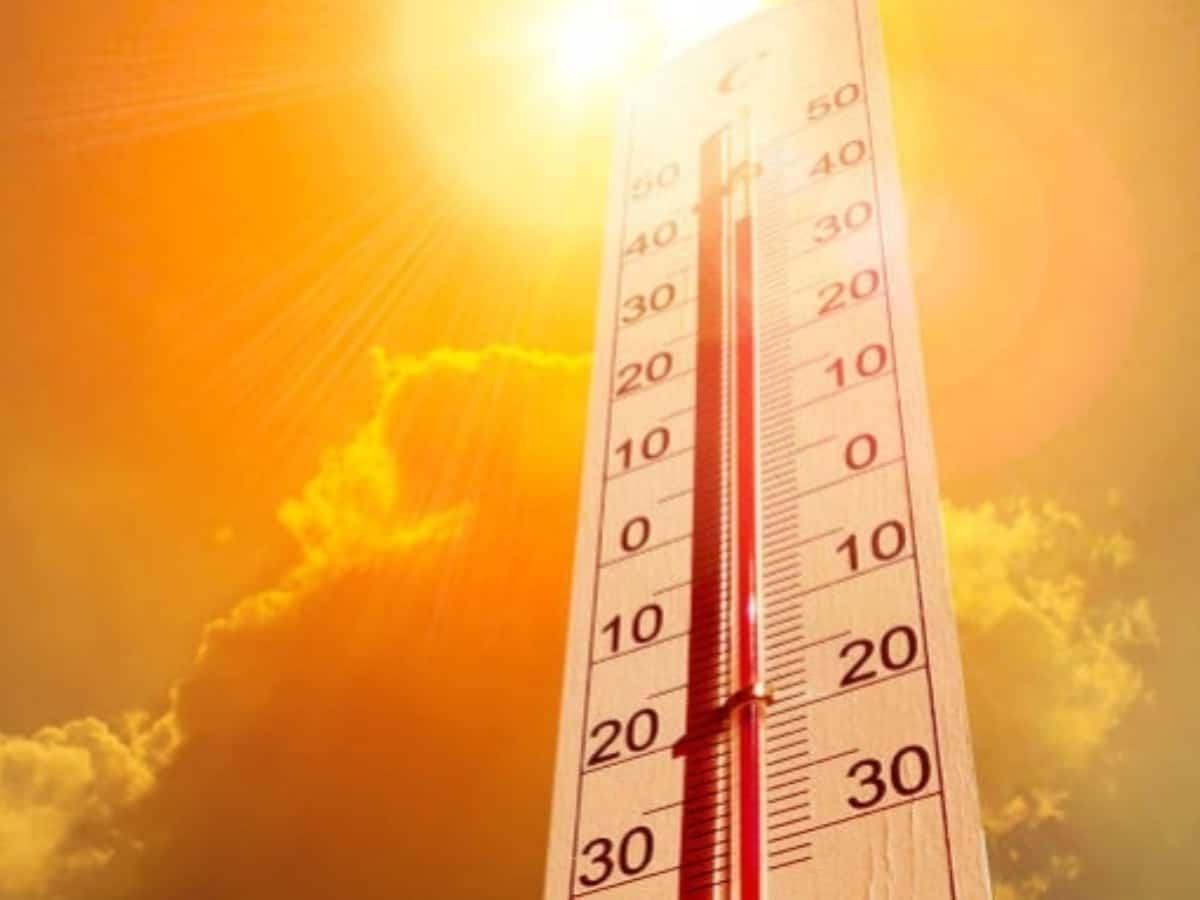
New Delhi: Climate models have predicted that El Nino is on the horizon, which can lead to severe heat waves and droughts, in many countries, including India.
El Nino is associated with a band of warm ocean water that develops in the central and east-central equatorial Pacific, including the area off the Pacific coast of South America. During El Nino, winds blowing west along the equator slow down, and warm water is pushed east, creating warmer surface ocean temperatures.
Last month, the World Meteorological Organisation (WMO) warned of a likely spike in temperatures globally this year, due to the warming El Nino event.
El Nino will mean extreme weather around the globe and making it “very likely” the world will exceed 1.5 degrees Celsius of warming. The hottest year in recorded history, 2016, was driven by a major El Nino.
The Indian Meteorological Department (IMD) has also predicted a 70 per cent chance of El Nino in India. While the agency has predicted a normal monsoon, it said El Nino can affect the monsoon. The impact of El Nino may be felt during the second half of monsoon season.
Latest climate models also suggest the phenomenon could develop as early as May 2023. This can possibly weaken the southwest monsoon season, which brings around 70 per cent of the total rainfall India receives and on which most of its farmers still depend.
On one hand, the El Nino event will lead to heatwaves and droughts in India, South Africa, Australia, Indonesia, and the Pacific Islands. On the other hand, it will mean heavy rainfall and flooding in regions like California in the US and could also cause bleaching and death of coral reefs.
Heatwaves in India are already increasing in frequency, intensity and lethality, burdening public health, agriculture, and other socio-economic and cultural systems.
According to an alarming study led by Indian-origin researchers at the University of Cambridge about 90 per cent of India and almost all of Delhi is in danger zone from heat wave impact.
The study, published in PLOS Climate, suggests that heatwaves made more likely by climate change may impede India’s progress toward its sustainable development goals (SDG). It showed that heatwaves in India and the Indian subcontinent become recurrent and long-lasting, it is high time that climate experts and policymakers reevaluate the metrics for assessing the country’s climate vulnerability.
“This is a critical policy measure from an urban sustainability viewpoint that can promote resilient methods of mitigation and adaptation in cities like Delhi that are particularly vulnerable to heatwaves,” they said.
